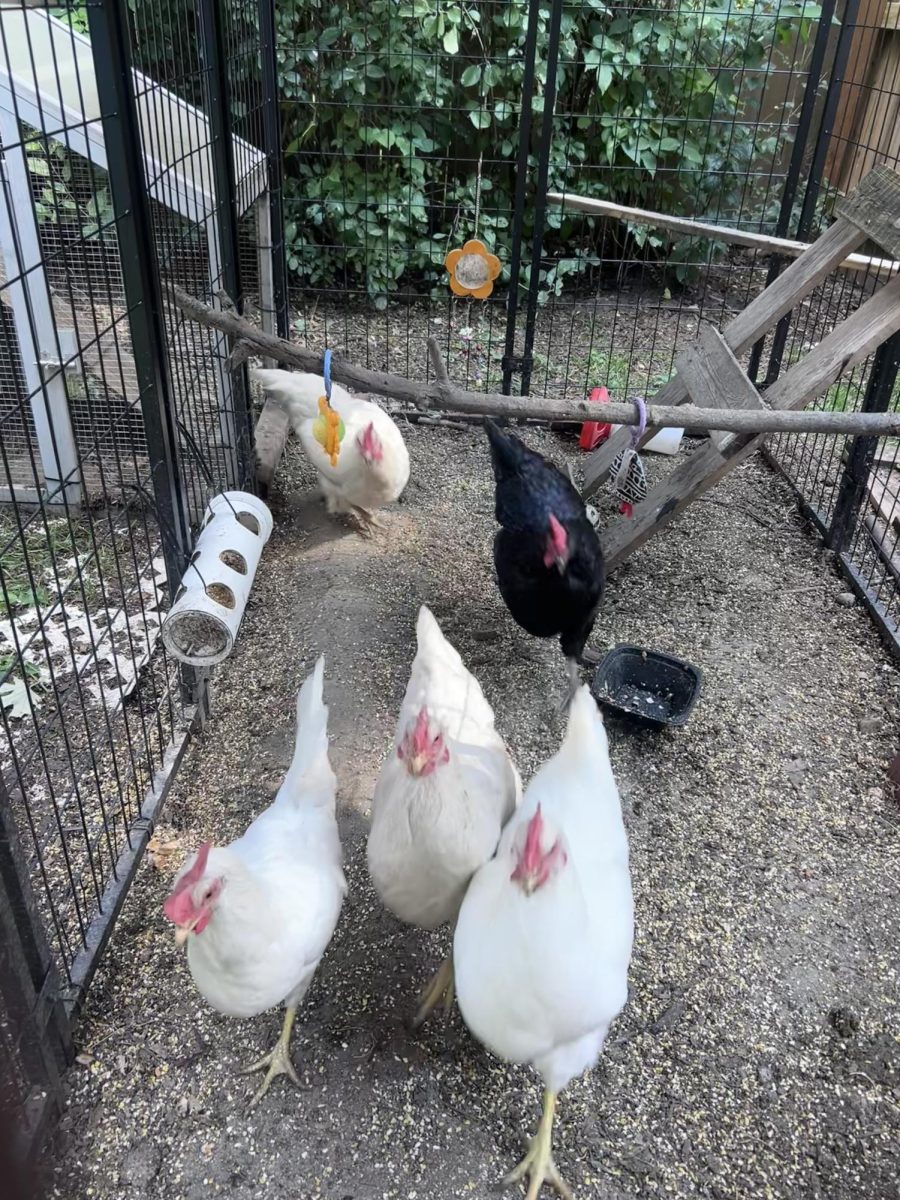The Centers for Disease Control (CDC) claims that as many as two in three children and one in four adults have strong fears around needles, and as many as one in 10 people might delay the COVID-19 vaccine due to these fears.
Doctors are actively working on a way to remedy this issue.
On Sept. 22, 2021, the American Chemical Society released a report stating new microneedle patches could administer the COVID-19 RNA and measles vaccines, and they wouldn’t require cold storage.
At the release of the report, the U.S. Food and Drug Administration had authorized Pfizer and Moderna vaccines to combat COVID-19, both of which needed to be kept refrigerated or frozen in order to lessen the need for other preservatives and to lessen the risk of bacterial growth within the vaccine dose itself. This also means a limited amount of doses are given to remote or limited-resource places, such as third-world countries.
However, a solution was in the works.
Researchers Hui Li, Guangjun Nie and Hai Wang coated a small rectangular patch containing 100 biodegradable microneedles, each less than 1/10 the diameter of a bee’s stinger, which could painlessly penetrate the skin’s outer layer.
These patches result in what doctors call “intradermal vaccination,” which is a form of vaccination largely used against rabies and tuberculosis.
In this case, the needle depth is shallow enough to result in a painless injection and possibly reduced needle-based phobias in patients.
These patches are applied like a Band-Aid, and then the polymer microneedles dissolve between layers of the skin, effectively delivering the vaccine.
Instead of a needle prick, when the microneedles are pressed against the skin, it’s “like if someone took some Velcro and pressed it firmly against your skin,” director of the Center for Drug Design, Development, and Delivery at Georgia Tech Mark Prausnitz told NPR. “There’s a kind of roughness. Some people may describe it as a kind of tingling. So there is a sensation, but it’s a sensation that people don’t find objectionable or painful.”
Not only will these patches aid doctors in America and third-world countries, but also the environment.
The CDC reports using microneedle patches would also reduce vaccine-related wastage because all vaccines would come in individual doses, which means each package opened will be put to use.
Contrarily, Ocean Asia, a marine organization, reported the presence of 1.56 billion discarded surgical masks in an ocean in Hong Kong, resulting in 5159 to 6878 tons of marine plastic pollution which would take 450 years to degrade.
Additionally, on April 24, the Massachusetts Institute of Technology (MIT) released an article reporting the success of a printer in creating these vaccine patches, which could potentially remove the need for transportation.
“This work is particularly exciting as it realizes the ability to produce vaccines on demand,” said Joseph DeSimone, a professor of translational medicine and chemical engineering at Stanford University. “With the possibility of scaling up vaccine manufacturing and improved stability at higher temperatures, mobile vaccine printers can facilitate widespread access to RNA vaccines.”
In the end, there are many benefits to these vaccine patches and we will almost certainly interact with them in the future.









